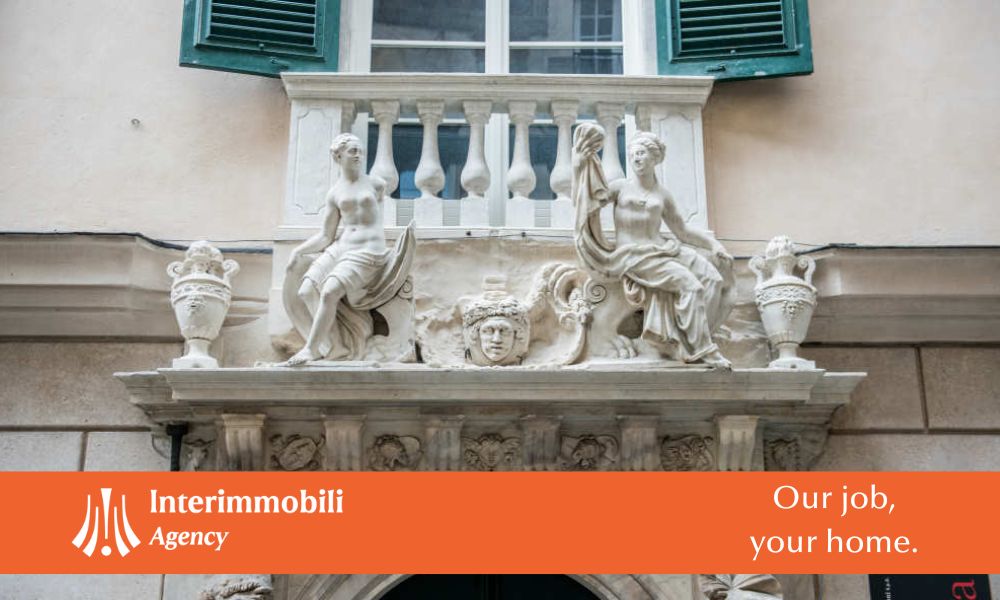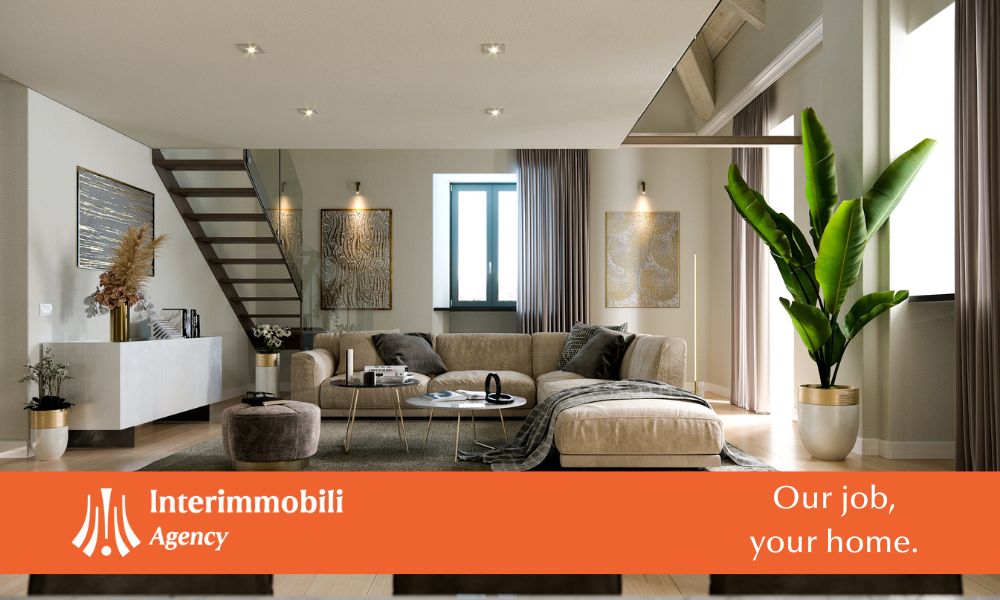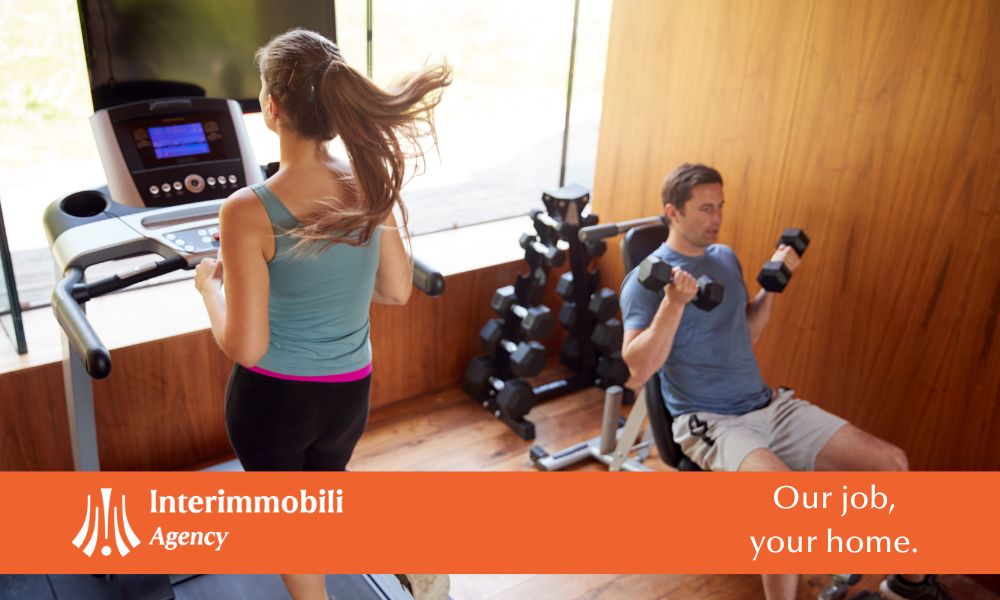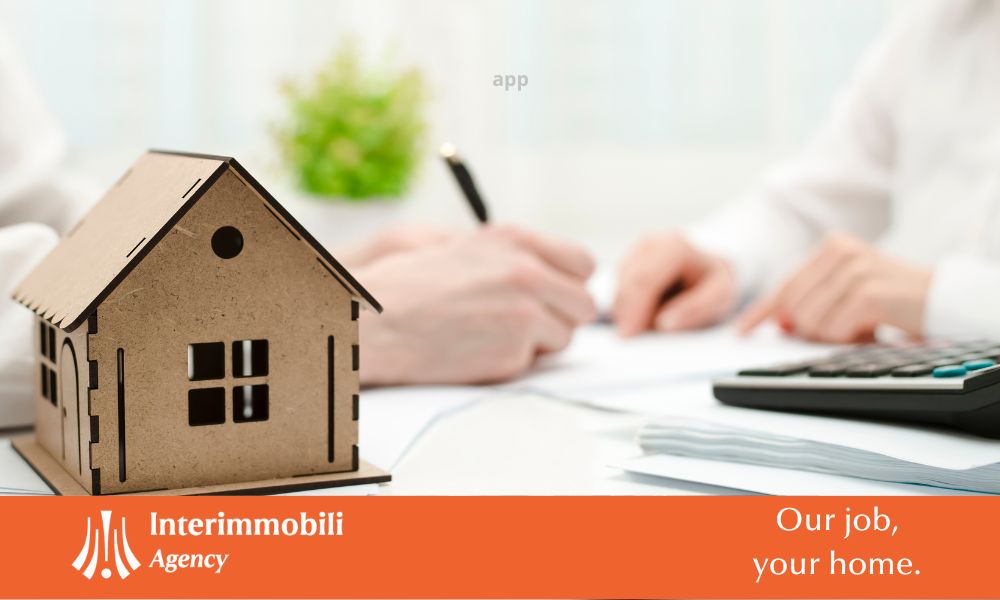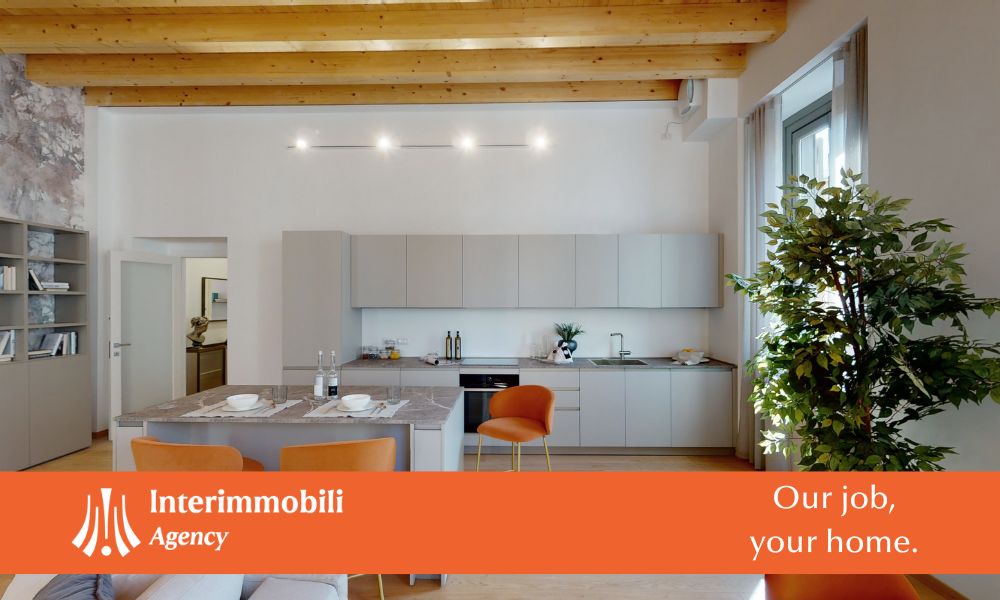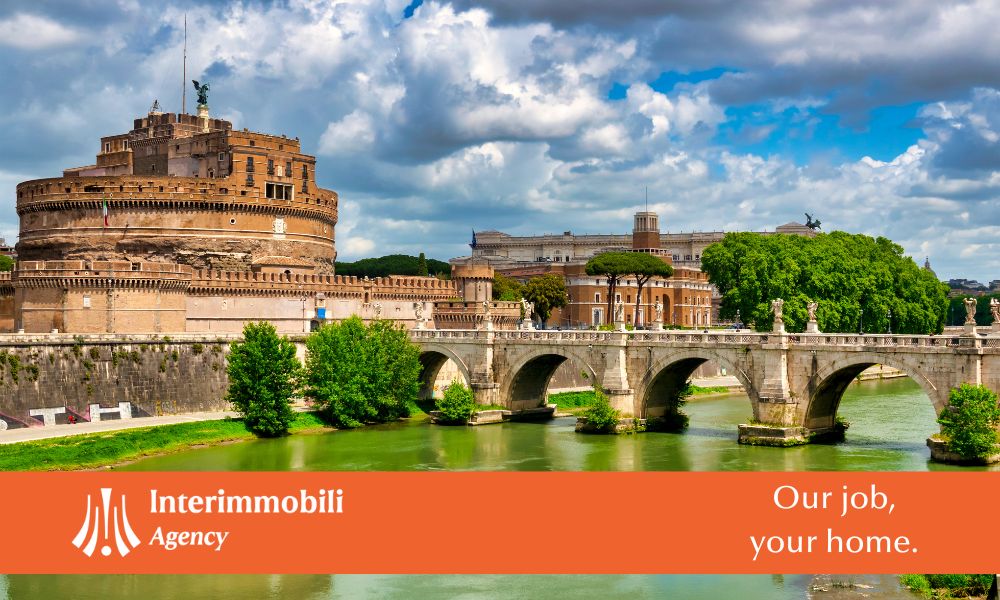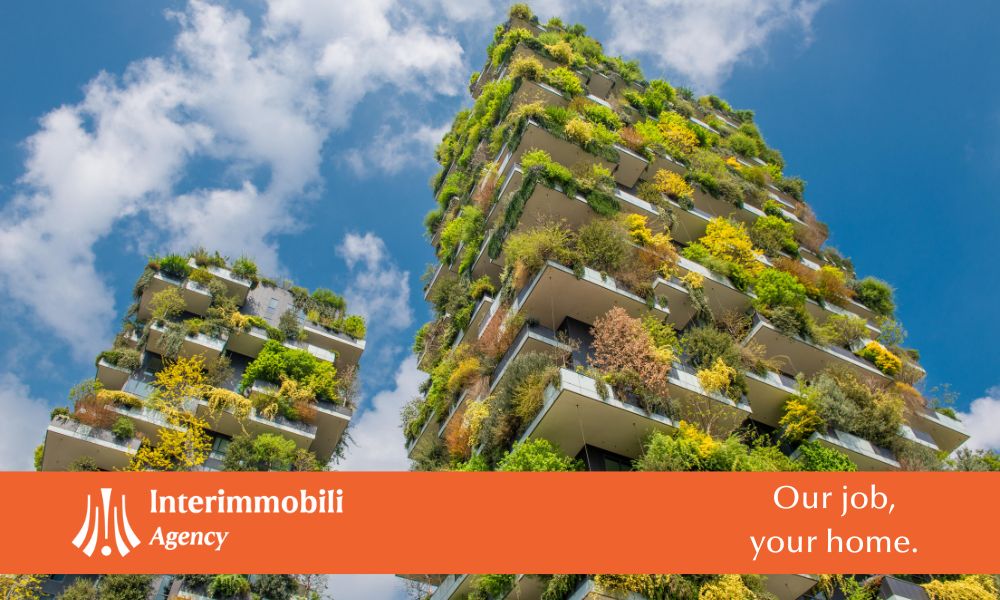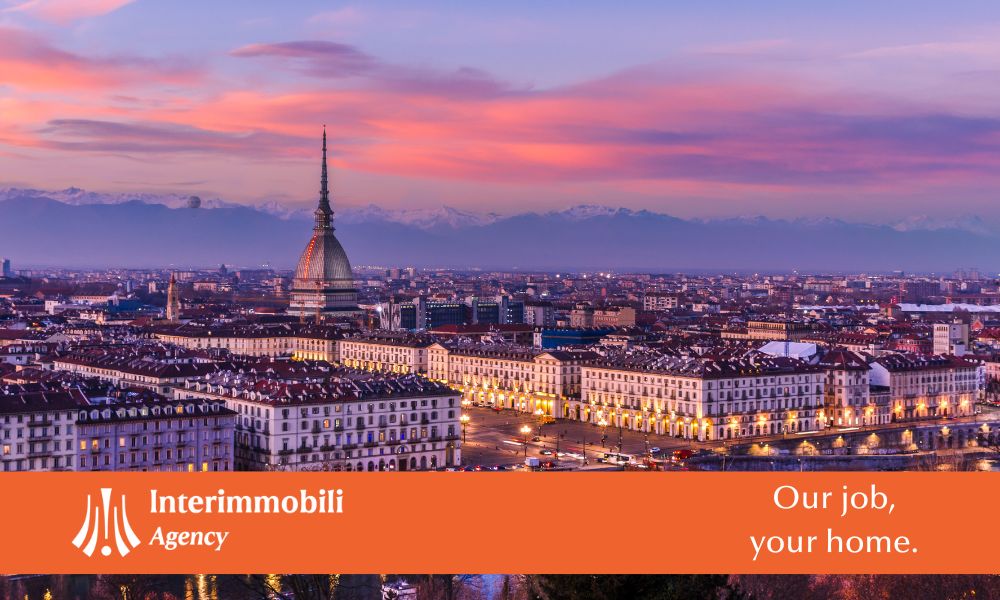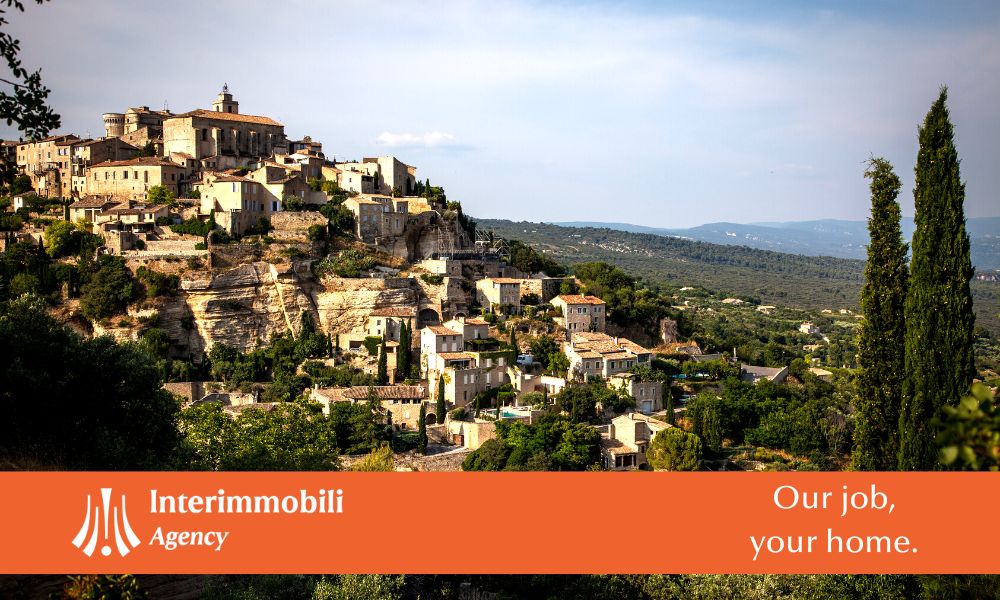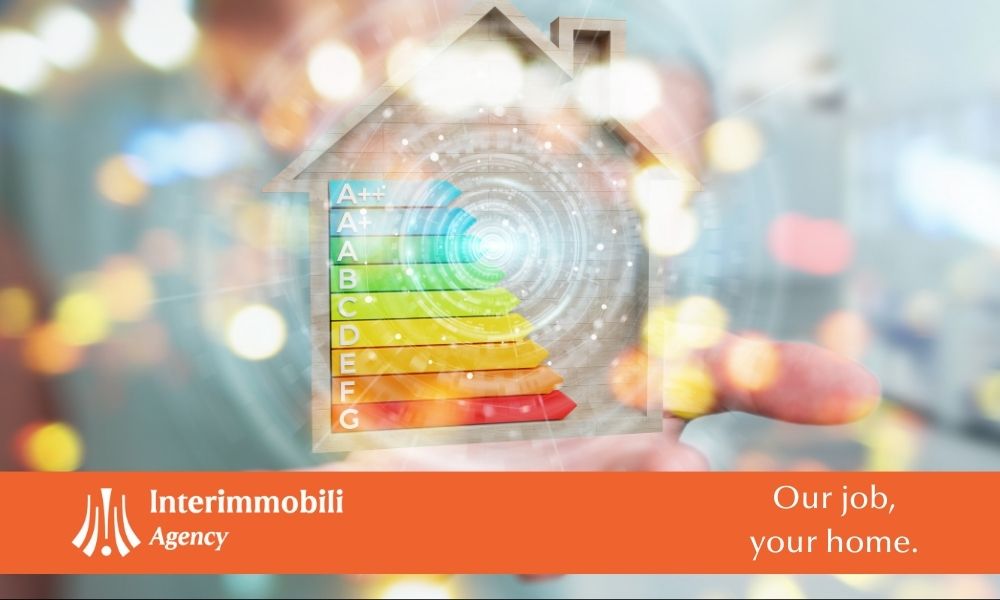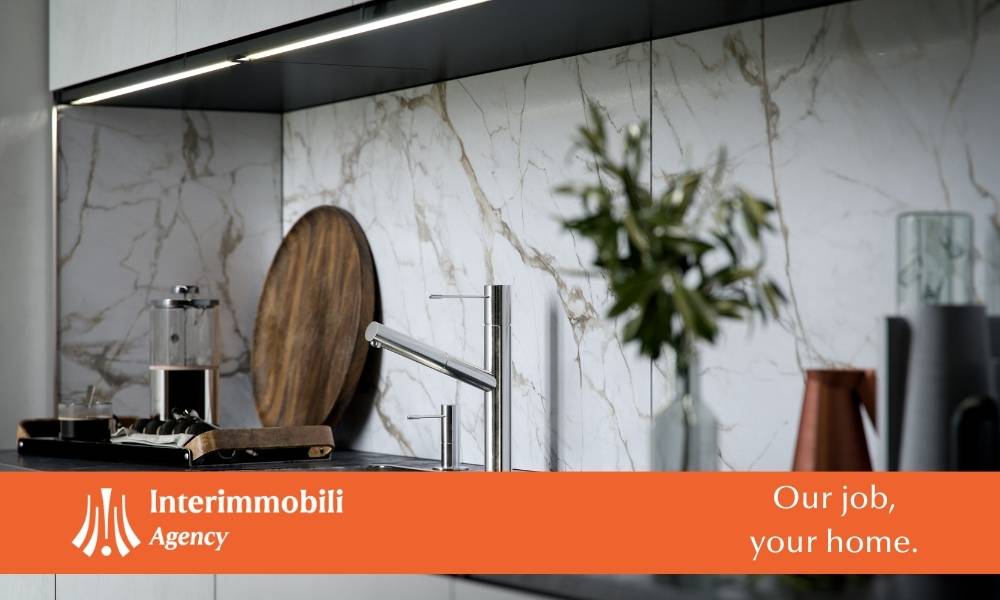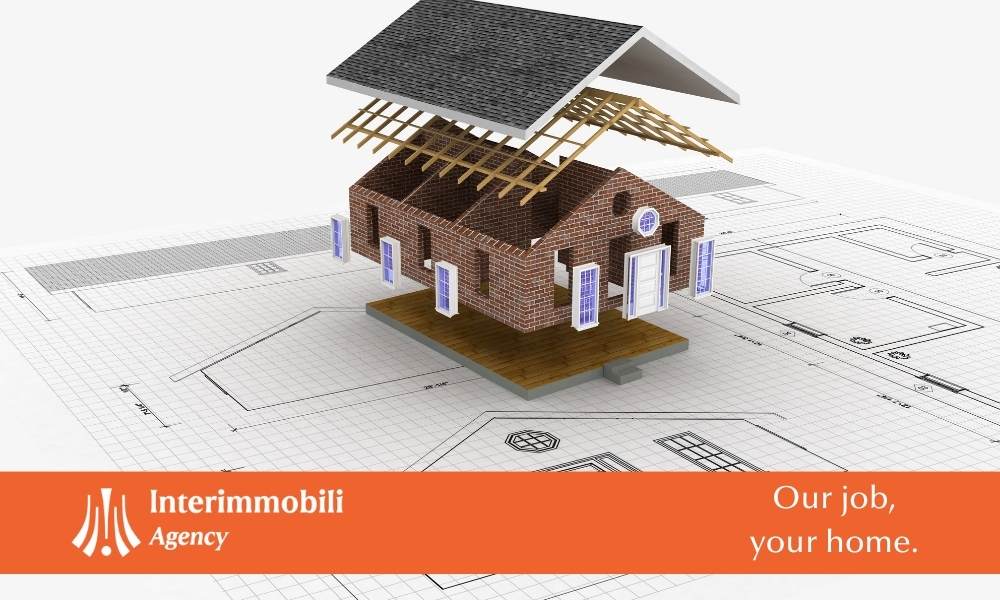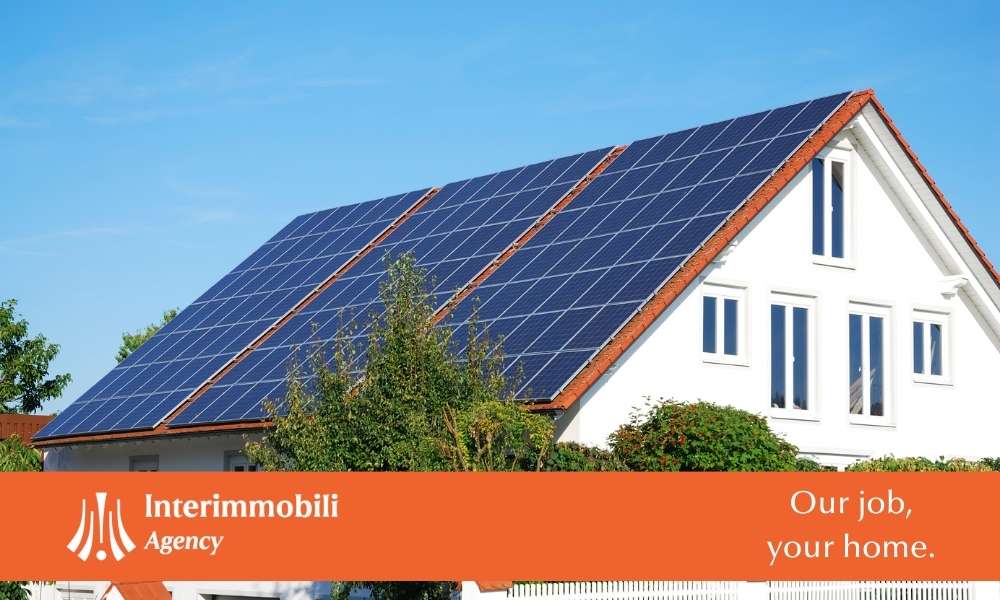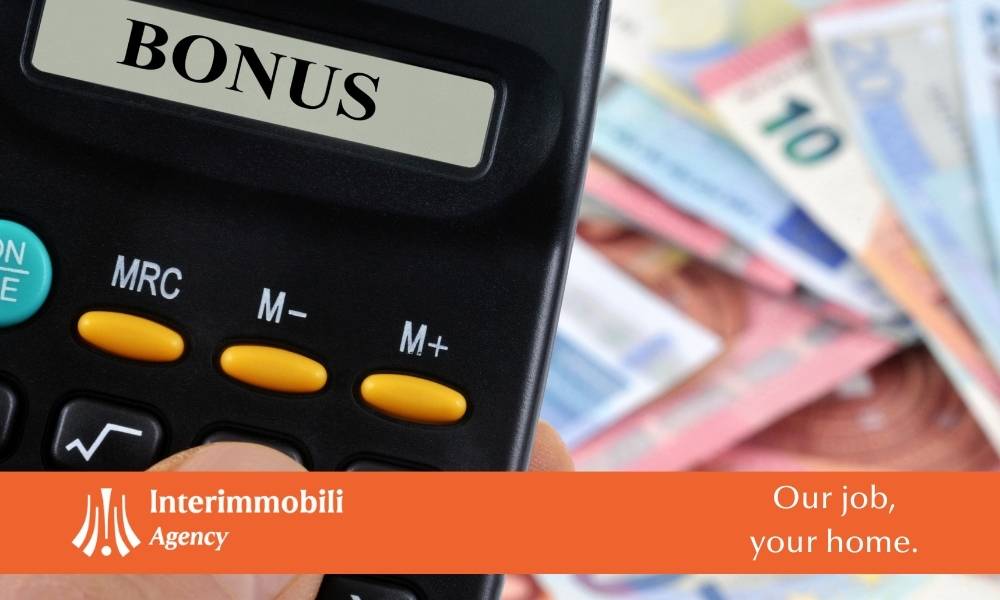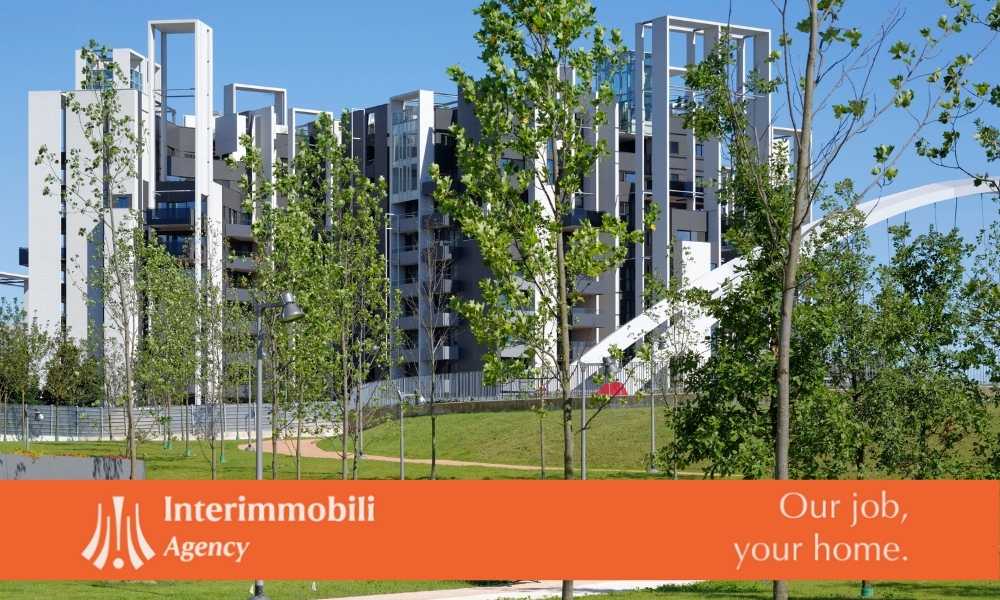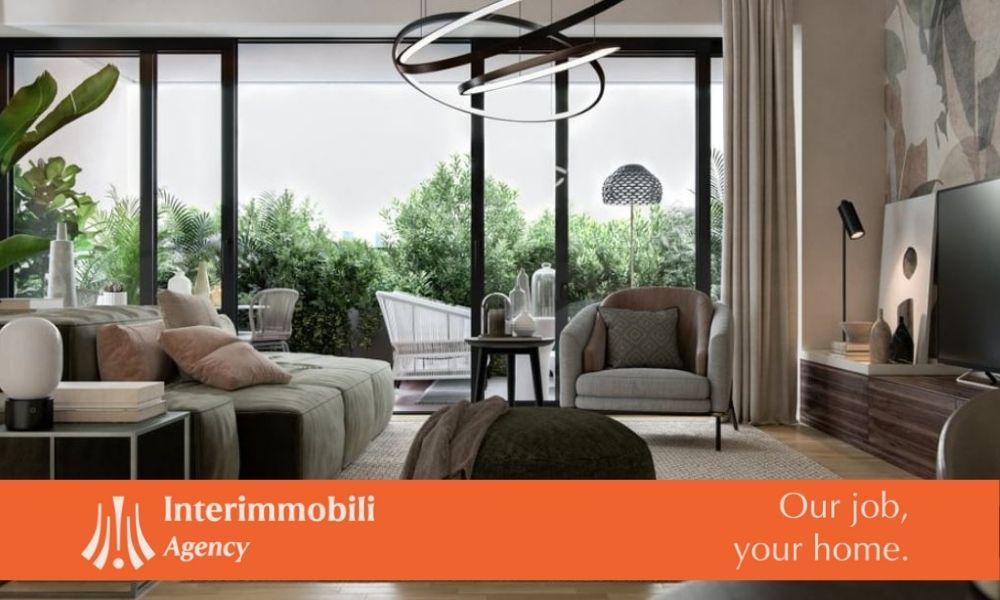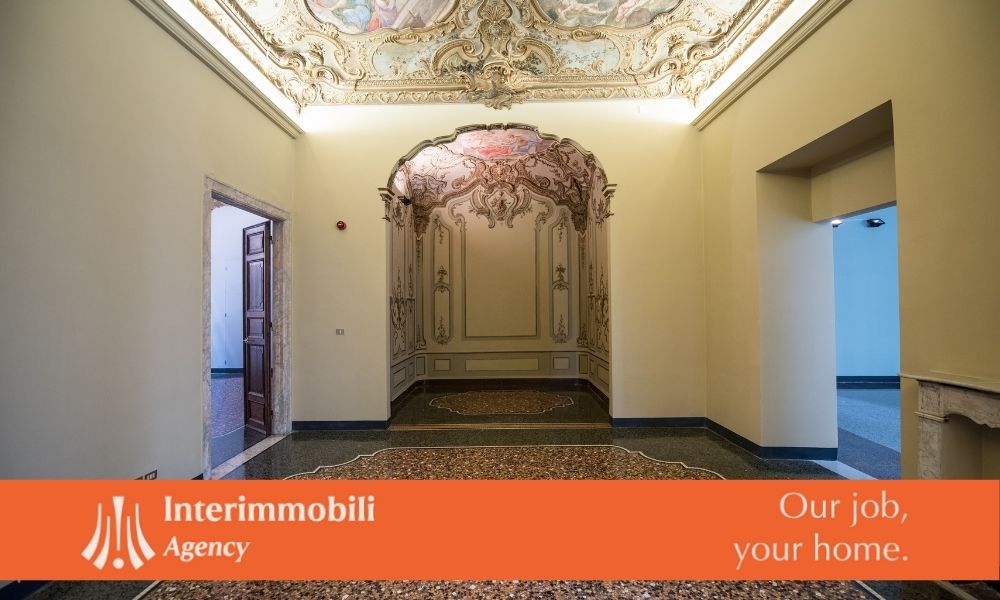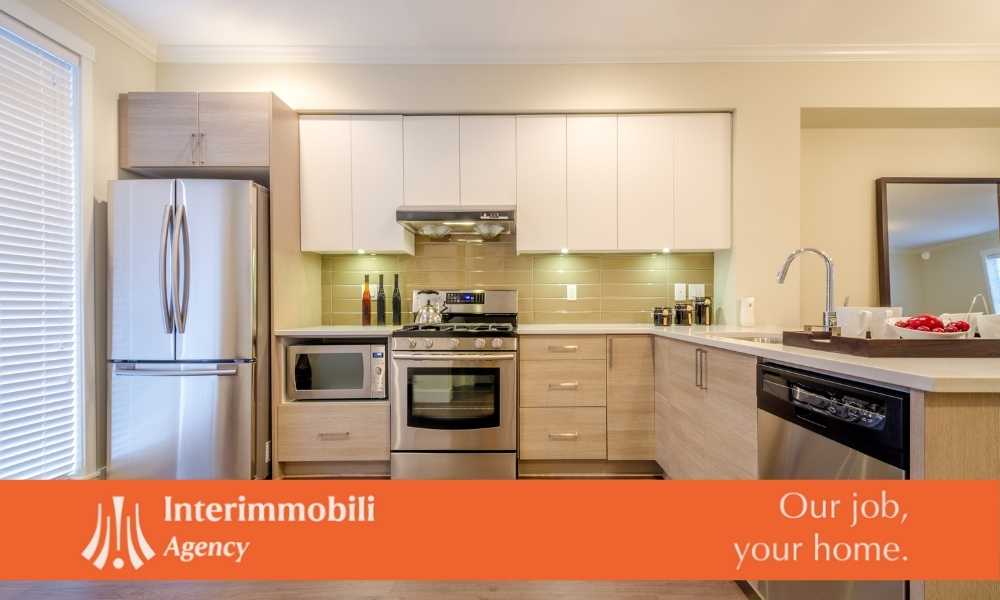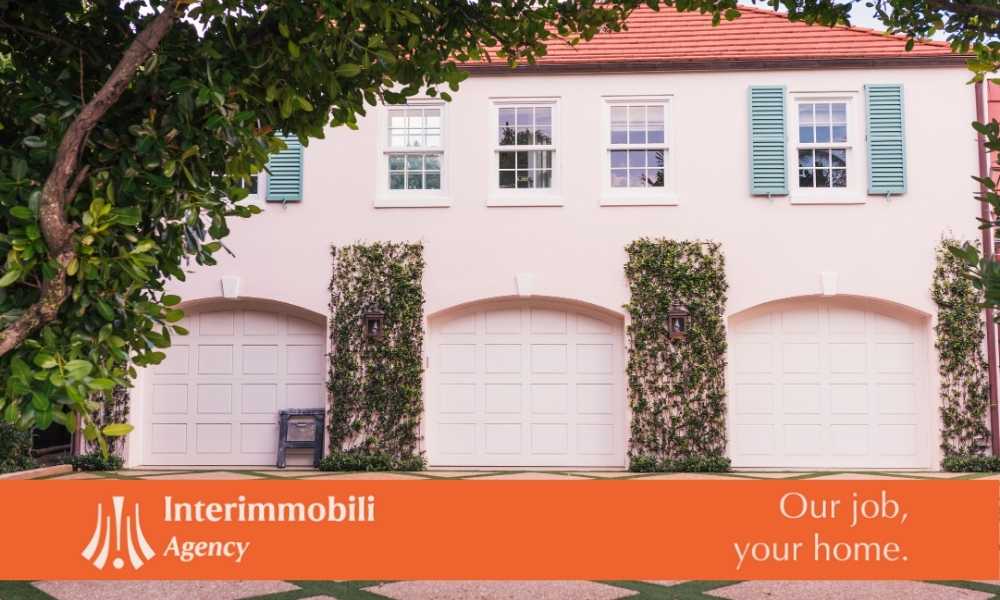2021 Furnishing Bonus: “A broad-ranging superbonus”
Once again in 2021, private individuals will be able to take advantage of the “furnishing bonus” to purchase furniture and appliances for homes (both first and second) that have undergone renovation.
The maximum deduction—which has been in effect for a number of years and has proven to be very popular—has now been raised from €5,000 to €8,000.
Provided below are the conditions and procedures for making use of it, including in light of a number of favorable clarifications recently provided by the Internal Revenue Agency.
Updated deadlines for the various property bonuses
The 2021 Budget Law (no. 178 dated December 30, 2020) extended to December 31, 2021 detractions for property “improvements” of various types that expired at the end of 2020 (“building renovation”, “facade bonus” and “green bonus”).
The same law also extended by six months—until June 30, 2022—the validity of the (“110%”) Superbonus, with the possibility, in some specific cases (only condominiums and single-owner residential buildings composed of no more than four apartments), of having available a further six months (until December 31, 2022) in which to finish work underway that is at least 60% complete.
In addition, in the case of the110 percent Superbonus, a number of additions aimed at broadening its area of application were included.
However, it was not necessary to intervene in the ordinary bonuses regarding energy efficiency (“eco-bonus”) and seismic prevention (“sismabonus”) because their deadline was already December 31, 2021.
Italian Law no. 178/2020 also introduced two new incentives designed to reduce the consumption of sanitary water and plastic water bottles for alimentary use, which we will discuss specifically in the future.
Extension to December 31, 2021 of the “furnishing bonus” with raising of the expenditure ceiling
Among the bonuses with a deadline of December 31, 2020 was also the “furnishing bonus”, which was also extended another year, until December 31, 2021.
In addition, in this case, there was also a significant increase in the expenditure ceiling from €10,000 to €16,000, while maintaining the 50% deduction rate.
Specifically, for expenditures made in 2021 for the purchase of furniture and appliances, it will be possible to take advantage of a maximum tax deduction of €8,000 instead of the existing €5,000, to be divided into ten equal annual deductions (€800/year instead of the previous €500).
Eligibility for the “furnishing bonus” only following construction work
As in the past, the “furnishing bonus” is only granted for expenditures made in 2021 to taxpayers who are eligible for the deduction for renovation work performed in their homes starting from January 1, 2020 and only if the work qualifies as extraordinary maintenance, renovation/conservation work or reconstruction.
The Internal Revenue Agency has specified that included in extraordinary maintenance work is also that “aimed at the use of renewable energy sources, such as the installation of pellet stoves or systems with heat generators fed by biomass fuels, installation or integration of a heat pump winter heating and summer cooling system and replacement of the boiler because it entails the replacement of an essential part of the heating system”.
Simple routine maintenance work is also eligible for the “furnishing bonus”, but only for work carried out in the common areas of primarily-residential buildings, both condominiums and single-owner buildings.
It should be noted, therefore, that not all work that benefits from the renovation deduction (many more types than those cited here) is eligible for the “furnishing bonus”.
“Furnishing bonus” also with the purchase of apartments in renovated buildings
Recently, the Internal Revenue Agency confirmed that the “furnishing bonus” also applies in those cases eligible for the “sismabonus” (including the “Superbonus” of 110%) or the bonus for purchasing residential units in entirely-renovated buildings. In fact, again in these cases, extraordinary construction work is the primary intervention behind the furnishing bonus.
This clarification is very useful because it rewards those who
- undertake seismic prevention work on housing or common areas of residential buildings
- purchase residential units from construction firms that have carried out major renovation work on entire buildings; in this case, the work can consist of seismic prevention through demolition and rebuilding of the building, including with an increase in its size if allowed for by zoning restrictions, or renovation, conservation and redevelopment.
Among the types of work that provide eligibility for the “furnishing bonus” are the reconstruction or restoration of a property damaged during a natural disaster (earthquake, flood, landslide), even if they are not included in the above categories, provided a state of emergency was declared in the municipality in which the property is located.
Furniture and appliances covered by the bonus and their specific location
The “furnishing bonus” applies to the purchase of furniture and major appliances of at least class A+ (class A for ovens) for those appliances for which an energy label is required, and it is specifically aimed at furnishing the property that was renovated or underwent construction work appropriate to generating the “furnishing bonus”.
This means that the furniture and appliances—which must be “new”—be used in the property which underwent the construction work that is the primary intervention behind the “furnishing bonus” and not in another.
Work cannot be carried out on a “second home” and the furnishings purchased with the “furnishing bonus” be used in the “first home”, or vice versa.
Similarly, if work is carried out on common areas, the furnishings purchased with the “furnishing bonus” must be used to furnish the common areas, for example the meeting room, the porter’s apartment or reception, and not privately-owned property units.
“Furnishing bonus” with separate expenditure limit
Also very favorable is the fact that the “furnishing bonus” expenditure limit (€16,000 for 2021) is separate from that of the construction work on the property that generates it. As a result, the two bonuses are cumulative.
For example, let’s say that over the course of 2021, a couple purchases a property, with or without garage, located in a building that was totally renovated and the seller of which is the construction company that performed the restoration work (new builds do not generate the right to either the deduction for renovation work or the furnishing bonus), including in the event the actual work was carried out by a subcontractor.
In this situation, the couple is eligible for two different IRPEF deductions, each divided into equal annual deductions over ten years:
- the bonus for renovation work to a maximum of €48,000 (50% of the 25% of the purchase price, for a maximum covered expenditure of €98,000);
- the “furnishing bonus”, with a maximum of €8,000 (50% of the purchase price of the furniture and appliances, to a maximum expenditure of €16,000).
If the property was purchased jointly by the two owners (e.g., 50% each), the deductions do not double, but remain the same and are divided between them on the basis of their respective purchase shares.
In the event the property was purchased in 2020 and the furnishings (furniture and appliances) were purchased partially in 2020 and partially in 2021, there is no change in terms of the renovation work bonus, but the calculation of the furnishing bonus must take into consideration the fact that the maximum expenditure covered for 2020 is €10,000 and €16,000 for 2021, amounts which are not cumulative with each other.
For example: if the expenditure for furnishings in 2020 was €13,000, the applicable furnishing bonus for that year would be €5,000 (50% of the maximum limit which for that year was €10,000). However, in 2021, additional furnishings could be purchased by taking advantage of a maximum furnishing bonus of €3,000 (50% of the €6,000 limit still available).
Purchasing time frame and furnishings payment method
In the case of maintenance or renovation work, to obtain the furnishing bonus, the date work started must precede that of when the furnishings were purchased, but it is not necessary that renovation work be paid for before the furnishings.
It should also be remembered that furnishings must be paid for using traceable payment methods, such as a credit card, debit card or bank transfer. However, it is not necessary to use the “special bank transfer” required for renovation or energy efficiency work.
Requirement to inform ENEA of the purchase of some appliances
It is not generally known that, since 2018, the purchase of appliances covered by the furnishing bonus must also be communicated to ENEA within 90 days.
Moreover, failure to report or late reportage does not result in loss of deduction eligibility because the law does not provide for any penalty, just the requirement to report.
Article by Stefano Baruzzi
Chartered accountant and legal auditor, real estate tax expert,
Head of Real Estate Contracts, Tax & Fiscal for Morning Capital Srl
Sources and for further information
Further information about any rules regarding the use of this and other bonuses for the home can be found on the web sites of the Agenzia delle Entrate and Enea (Dipartimento Unità per l’Efficienza Energetica).
